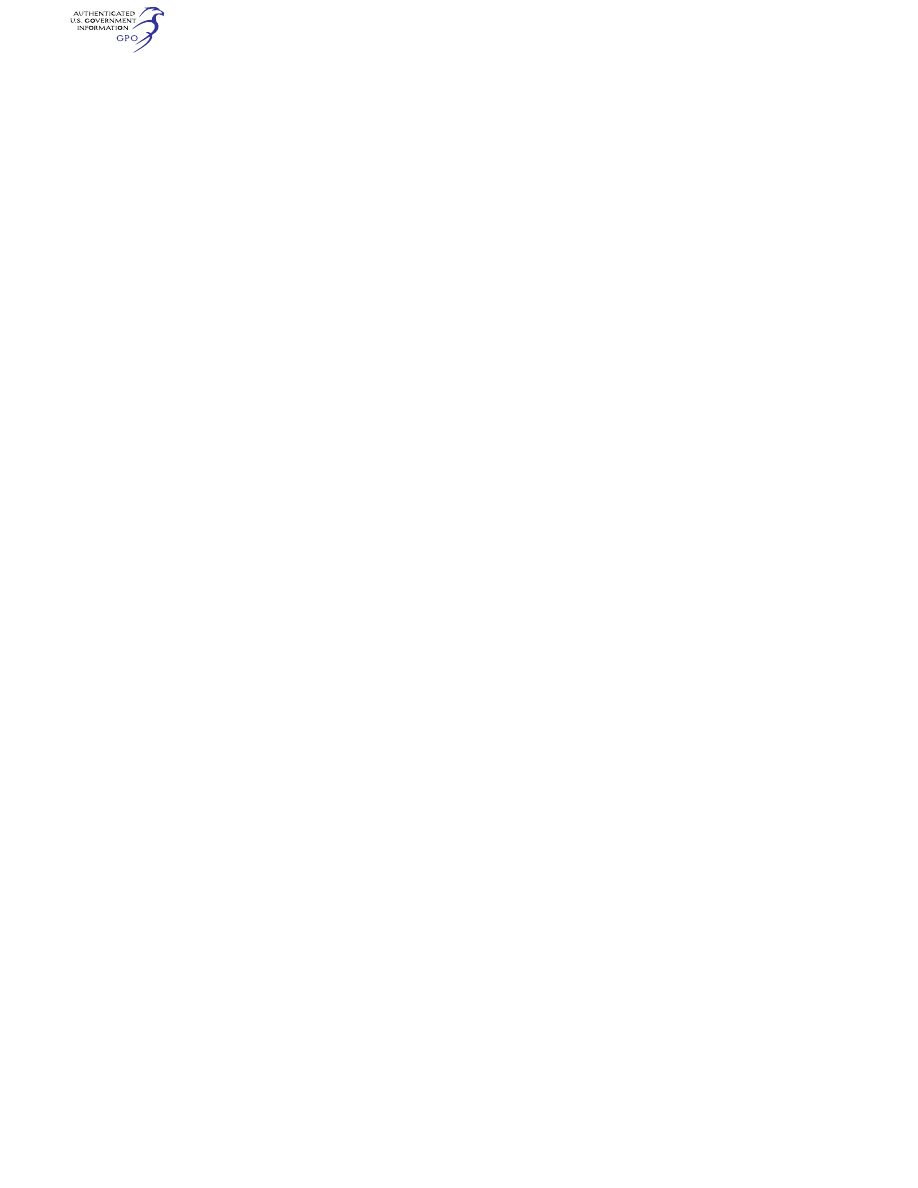
188
14 CFR Ch. I (1–1–24 Edition)
§ 121.427
(3) To the extent that certain other
maneuvers and procedures may be per-
formed in an FFS, an FTD, or a static
airplane as permitted in Appendix E of
this part.
(c) If the certificate holder’s ap-
proved training program includes a
course of training utilizing an FFS
under § 121.409(c) and (d), each pilot
must successfully complete—
(1) With respect to § 121.409(c)—A pro-
ficiency check in the FFS or the air-
plane to the level of proficiency of a
pilot in command in at least the ma-
neuvers and procedures set forth in Ap-
pendix F of this part that are capable
of being performed in an FFS.
(2) With respect to § 121.409(d), train-
ing and practice in at least the maneu-
vers and procedures set forth in the
certificate holder’s approved low-alti-
tude windshear flight training program
that are capable of being performed in
an FFS in which the maneuvers and
procedures are specifically authorized.
(d) Compliance dates: Beginning on
April 27, 2022, upgrade flight training
must satisfy the requirements of this
section.
[Amdt. 121–382, 85 FR 10924, Feb. 25, 2020]
§ 121.427 Recurrent training.
(a) Recurrent training must ensure
that each crewmember or aircraft dis-
patcher is adequately trained and cur-
rently proficient with respect to the
type airplane (including differences
training, if applicable) and crew-
member position involved.
(b) Recurrent ground training for
crewmembers and dispatchers must in-
clude at least the following:
(1) A quiz or other review to deter-
mine the state of the crewmember’s or
dispatcher’s knowledge with respect to
the airplane and position involved.
(2) Instruction as necessary in the
following:
(i) For pilots, the subjects required
for ground training by §§ 121.415(a)(1),
(3), and (4) and 121.419(b);
(ii) For flight engineers, the subjects
required for ground training by
§§ 121.415(a)(1), (3), and (4) and 121.419(a);
(iii) For flight attendants, the sub-
jects required for ground training by
§§ 121.415(a)(1), (3), and (4) and 121.421(a);
and
(iv) For aircraft dispatchers, the sub-
jects required for ground training by
§§ 121.415(a)(1) and (4) and 121.422(a).
(3) For flight attendants and dis-
patchers, a competence check as re-
quired by §§ 121.421(b) and 121.422(b), re-
spectively.
(4) For crewmembers, CRM training
and for aircraft dispatchers, DRM
training. For flightcrew members, CRM
training or portions thereof may be ac-
complished during an approved FFS
line-oriented flight training (LOFT)
session.
(c) Recurrent ground training for
crewmembers and aircraft dispatchers
must consist of at least the following
programmed hours of instruction in
the required subjects specified in para-
graph (b) of this section unless reduced
under § 121.405:
(1) For pilots—
(i) Group I reciprocating powered air-
planes, 15 hours;
(ii) Group I turbopropeller powered
airplanes, 19 hours; and
(iii) Group II airplanes, 24 hours.
(2) For flight engineers—
(i) Group I, reciprocating powered
airplanes, 16 hours;
(ii) Group I turbopropeller powered
airplanes, 20 hours; and
(iii) Group II airplanes, 25 hours.
(3) For flight attendants—
(i) Group I reciprocating powered air-
planes, 4 hours;
(ii) Group I turbopropeller powered
airplanes, 5 hours; and
(iii) Group II airplanes, 12 hours.
(4) For aircraft dispatchers—
(i) Group I reciprocating powered air-
planes, 8 hours;
(ii) Group I turbopropeller powered
airplanes, 10 hours; and
(iii) Group II airplanes, 20 hours.
(d) Recurrent ground training for pi-
lots serving as pilot in command:
(1) Within 36 months preceding serv-
ice as pilot in command, each person
must complete recurrent ground train-
ing on leadership and command and
mentoring. This training is in addition
to the ground training required in
paragraph (b) of this section and the
programmed hours required in para-
graph (c) of this section. This training
must include instruction and facili-
tated discussion on the following:
